Solar-powered boats built by Wayana’s
Menu About Us Mulokot Team Board Members The wayana people Our work Our Partners Blog Contact Us Donate Solar-powered boats…
NOTHING ABOUT US, WITHOUT US!
Our esteemed partners, dedicated funders, and generous donors play a crucial role in supporting our mission and helping us make a positive impact in the community.


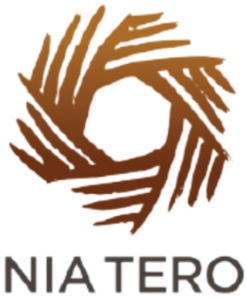
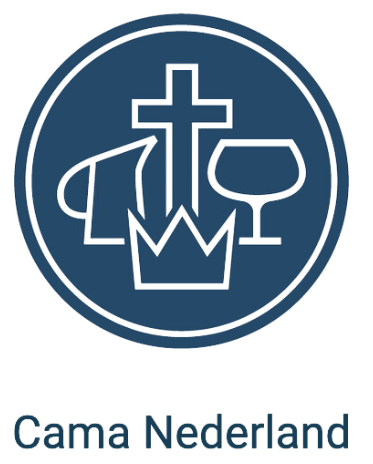
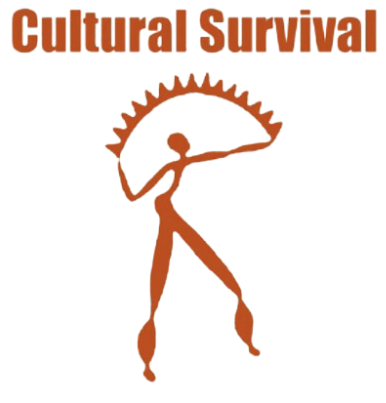




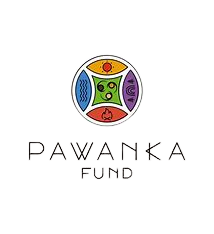



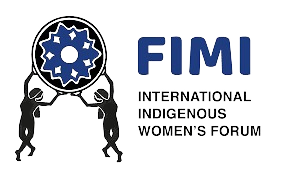
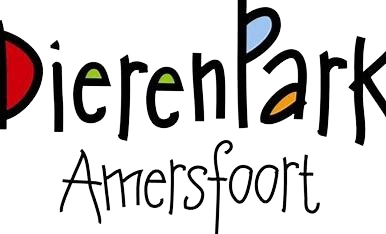



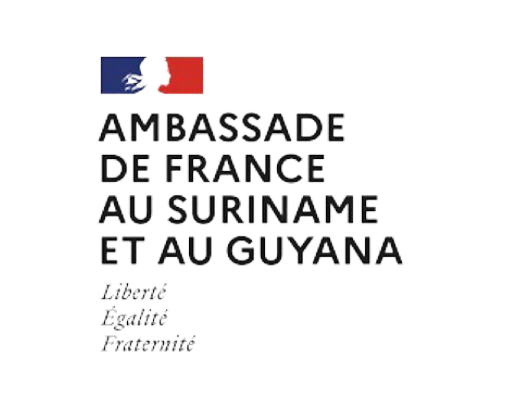
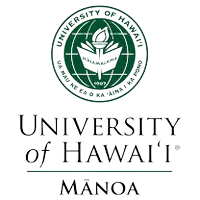
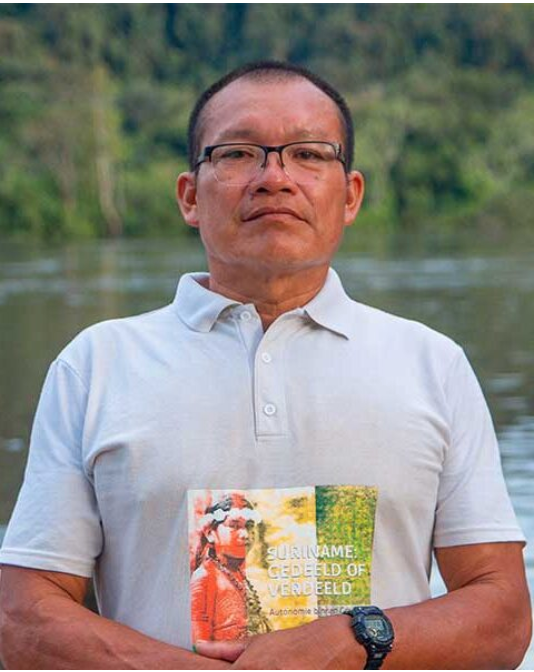
by the Paramount Chief of the Wayana community, Ipomadi Pelenapin. The goals of the foundation are to bring sustainable development to the Wayana community by capacity building, developing management skills, managing projects in the community, providing training, and advocacy. The foundation is the legal and the executive branch of the village leaders. We advise and coordinate projects and plans for the development of the Wayana communities. The foundation coordinates the collaboration with the government and with NGOs, and also maintains a network of specialists in and outside Suriname.
Read more about the various goals we are striving to achieve in collaboration with the communities, for the benefit of the communities. Together, we work through our vision and aspirations to create a better future and positive impact for everyone involved.
Due to unreliable government fuel and generator support, the Wayana community seeks 100% renewable solar energy for sustainable and autonomous energy needs.
Wayana communities lack access to safe water, with river and creek sources increasingly polluted by mercury from nearby gold mining, underscoring the urgent need for clean water in all villages.
Etakëlë meetings play a crucial role in enhancing the capabilities of all Wayana individuals, fostering a strong sense of unity, effective leadership, and a collective vision that aims for a more robust and thriving future for the entire community.
Severely impacted by climate change, the Wayana seek to safeguard their territory and health through traditional land use practices and improved waste management to address non-organic pollution.
To protect Wayana health and environment, a waste management system is needed to address non-organic pollution, starting with community awareness and collaboration with Amazonia Park for waste disposal solutions.
To foster the development of future Wayana leaders, it is crucial that we establish local scholarships that provide not only cultural support but also essential financial assistance. These resources are necessary to empower talented youth in our communities.
Over the last several decades, external organisations such as NGOs and governments have, with mixed results, sought to engage with the Wayana peoples. From the perspective of the Wayana, a frequent hurdle in these engagements has been the inability of external actors to understand and respect their traditional laws and values.
Strengthening our communities and the roles of individuals within our communities helps to develop our communities
In Central and South America, there are over 500 Indian nations comprising 40 million people and speaking hundreds of distinct native languages.
The right of indigenous peoples to education is protected by the UN Declaration on the Rights of Indigenous Peoples.
In 2019 we developed, together we all the Wayana communities, the traditional leaders, women and youngsters, the “Wayana Vision Document 2020 – 2030” for the Wayana Indigenous in Suriname.
The Mulokot Foundation aims to promote sustainable development in the Wayana community through capacity building, management skills development, community project execution, training provision, and advocacy. The foundation operates in all nine Wayana villages: Kawemhakan, Apetina, Lensidede, Kumakhapan, Palumeu, Tutu Kampu, Akani Kampu, Halala Kampu, and High Five Kampu.
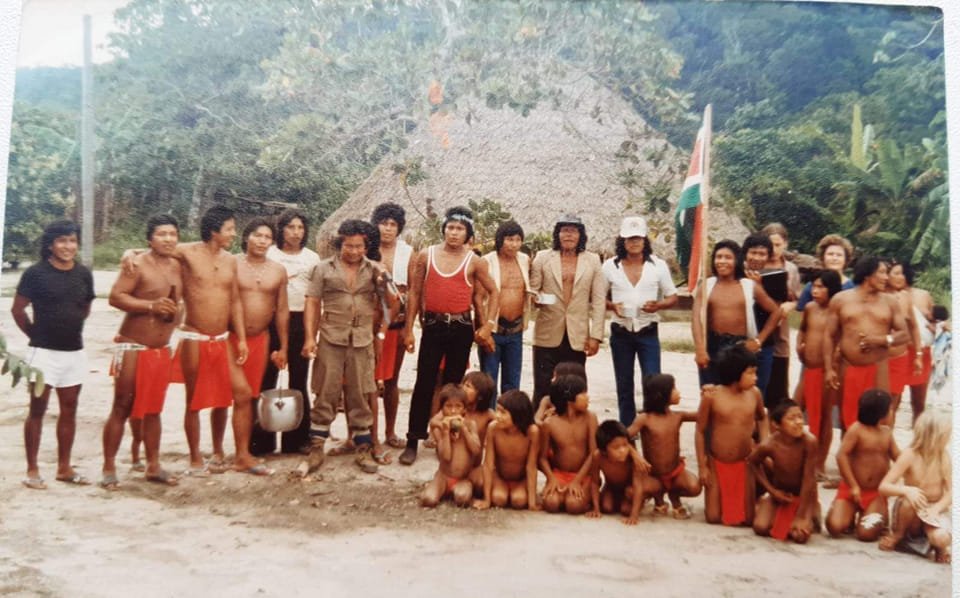
Mulokot will do everything in its power to improve the life of the Wayana Indigenous people, in the south of Suriname (and possibly in French Guiana and Brazil). This will be done from an Indigenous perspective. Integrity, Honesty and solidarity act as the basis of our treatment of each other as well as our communities and our partners.
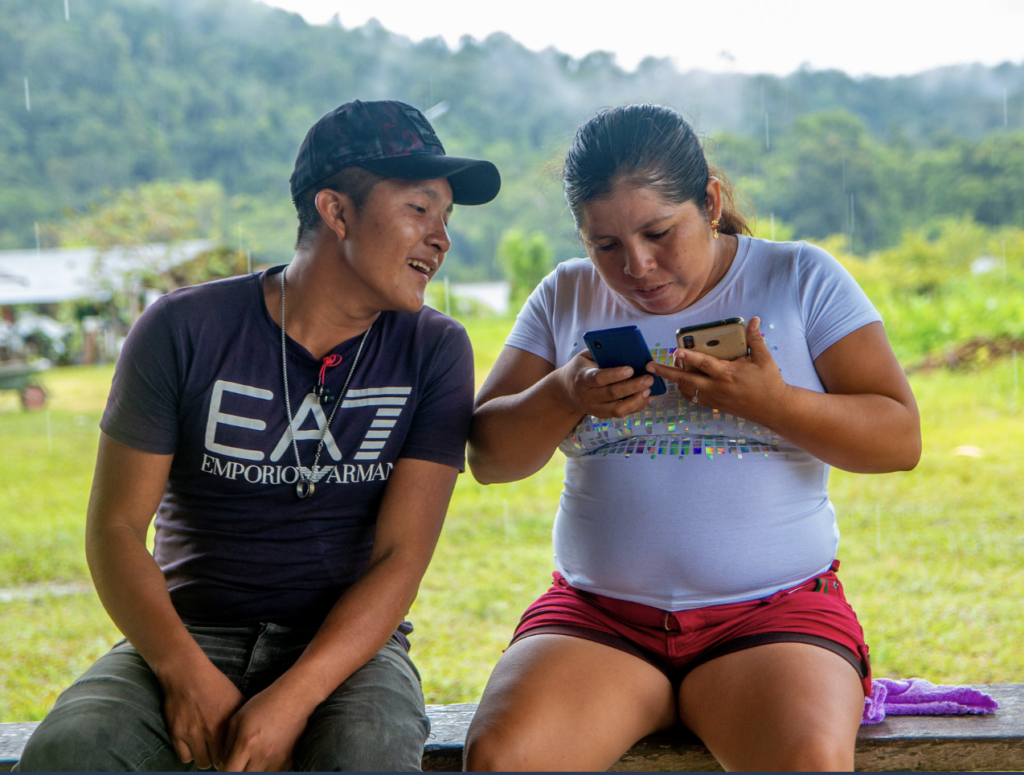
We are an organization of, for and by Wayana Indigenous people from Suriname, who want to achieve the development goals (based on the SDGs) in collaboration with our traditional authority. We only execute and participate in projects that bring actual development to the Wayana communities/areas. We work with everyone as long as there is equality and a good partnership. It is also very important to us that our Wayana FPIC protocols are respected.
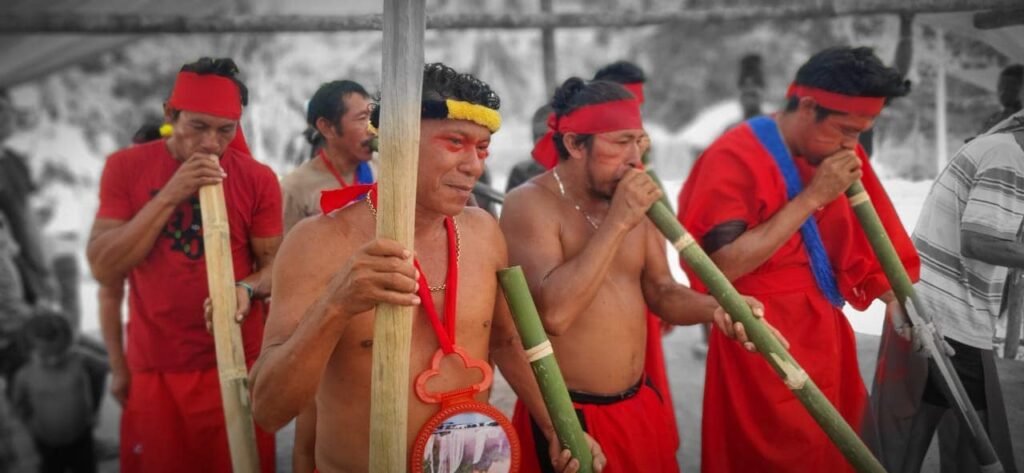
The foundation, led by village leaders, coordinates projects for Wayana community development in collaboration with the government, NGOs, and specialists. The board, selected by the Chief and village leaders, is solely composed of Wayana members.
We are registered with the Chamber of Commerce in Suriname (KKF number 36436) and acknowledged by the United Nations as an Indigenous Community Based Organization since 2019.
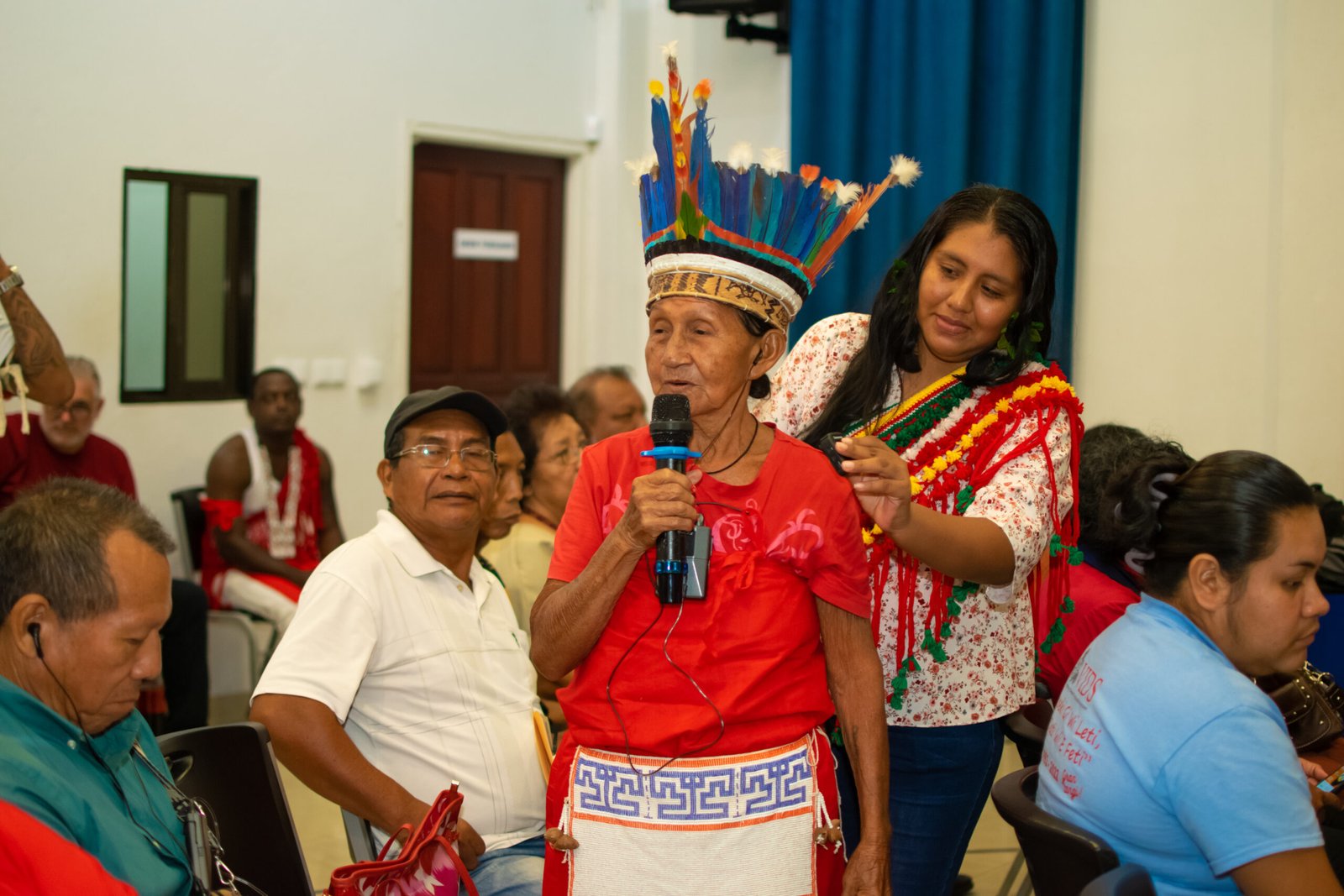
The first indigenous congress was held in Suriname, representing a remarkable milestone for Suriname and its diverse indigenous communities. This gathering marked a significant moment in history, bringing together various groups to discuss their rights, cultures, and futures.
Be sure to watch our engaging YouTube videos to discover more about our talented people, their inspiring stories, and the exciting projects we are working on together.
Here are a few of the Frequently Asked Questions about the Wayana People, along with detailed responses to help you understand their culture and way of life better.
The Wayana are an Indigenous people who live in the southeastern part of the Guiana Highlands, a region divided between Brazil, Suriname, and French Guiana. They are known for their Carib-speaking heritage and have a population of around 2,500 individuals. Approx. 200 are living in Brazil, 860 in Suriname and the rest in French Guyana.
The Wayana have a rich history and culture, with their communities traditionally located along the Maroni/Litani river in French Guiana, the Tapanahoni and Palumeu rivers in Suriname, and the Paru and Jari rivers in Brazil. They have a strong connection to their land and maintain traditional practices and knowledge that contribute to biodiversity conservation. The Wayana still speak their native language.
The history of Wayana Indigenous is not very clear. The fact that the Wayana are related to the Carib peoples, suggest that they are originally from the Caribbean Islands, but when they exactly came to south America is not yet know. What we do know is that in the 1700 they were first documented/mentioned as an existing Indigenous peoples, in the north of Brazil, by the Portuguese colonialist.
Around 1770 a part of the Wayana decided that they would leave their birth grounds, because of the thread of the Portugues that were looking for Indigenous to enslave them. Kailawa, the leader of that group, and his sons travelled for many years to the north, what is now called Suriname. On their way to the north they made several camps where they stayed for months, some for almost a year, before travelling further to the North. Along the way, they fought with several Indigenous peoples (many the Tareno Indigenous) and steal their women. They also fought again many spiritual beings like the Kuluwayak (a giant poisonous caterpillar, giant monkeys and water creatures). They settle down on the Litani river and it creeks. During the next 200 years they slowly went downstream to the villages they live now along the border of Suriname and Frech Guyana. They started trading with the AluKu tribal people (former slaves), which was very successful for both parties.
Meanwhile, in 1865, a leader of another Tribal peoples, the Saramacca, heard the success stories of the trade between the Wayana and the Aluku and decided that he would get the Wayana Indigenous from Brazil and take them to the Palumeu river. A small group of Wayana left Brazil and went with him across the border into Suriname. Their the settle on the Palumeu river and started to trade with the Saramacca people. In the next 200 year they slowly went downstream and created the villages of Palumeu and Apetina. Where they still live today.
De Wayana live in the southeast of Suriname between Brazil and French Guyana. The all live along the rivers of the Palumeu, Tapanahony, the Lawa and Marowijne. They have 10 villages:
Apetina, Kawemhakan and Palumeu are the bigger villages, the others are the so-called satellite villages around them, mostly with a maximum of 20 inhabitants. Because of the remoteness of the territory, they are Wayana still very traditional. The other side of the remoteness is that not all the Wayana have access to things like clean drinking water, schools, wifi and electricity.
| Partners | Period | Project/s |
|---|---|---|
| Nia Tero | 2019 - Now | Capacity building, Fellowships, Solar boat, Bio cultural monitoring system |
| Dutch Embassy | 2019 - 2020 | Domestic violence and suicide prevention |
| Next world now | 2019 - 2020 | Fish farming |
| Cultural Survival | 2019 | Podcast Fellowship |
| Twinning Nederland UTSN | 2020 - 2022 | Introducing a new sustainable agricultural method |
| French Embassy | 2021 | Support the Wayana school in Kawemhakan |
| UNDP - GEF small grant | 2021 - 2022 | Mapping the Wayana territory |
| Lifemosaic | 2021 - now | Training/fellowship |
| University of Hawai'i | 2022 - now | Wayana indicators |
| Evenload | 2022 - now | Bio cultural monitoring system |
| Awana Digital | 2022 - now | Mapeo and terastories |
| Conservation Metrics | 2022 - now | Wayana indicators, Gold mining alerts and Wayana Dashboard |
| Kara solar - Ecuador | 2022 - 2023 | Solar boat |
| Belvosur | 2022 - now | Building the new school in Kawemhakan |
| Dierenpark Amersfoort | 2023 - 2024 | Cameratraping, research of the jaguar |
| Carribean Development bank | 2023 - 2024 | Clean drinking water in Lensi dede |
| Daughters for earth | 2023 - 2024 | Sustainable agricultural method with the Wayana school |
| FIMI | 2024 - 2025 | Bio cultural monitoring system |
| Leaf Canada | 2024 - now | Gender equality, youth and women empowerment |
| Pawanka | 2024 - now | Clean drinking water Kawemhakan |
| Avina | 2024 - now | Mapbiomas project |
| Mapbiomas | 2024 - now | Landuse, fire, water and degradation maps |
| WWF France | 2024 - now | Protected areas in Wayana territory |
Lorem ipsum dolor sit amet, consectetur adipiscing elit. Ut elit tellus, luctus nec ullamcorper mattis, pulvinar dapibus leo.
Over the last several decades, external organisations such as NGOs and governments have, with mixed results, sought to engage with the Wayana peoples. From the perspective of the Wayana, a frequent hurdle in these engagements has been the inability of external actors to understand and respect their traditional laws and values.
Supported by our partners at Cultural Survival and their Keepers of the Earth Fund, the Mulokot Foundation drafted the so-called ‘Wayana Consultation Protocol’, incorporating those elements that the Wayana deem essential in a successful and respectful cooperation. The protocol emphasizes the need for a “Free, Prior, and Informed Consent”-approach, as recognized in the United Nations Declaration on the Rights of Indigenous Peoples.
Meet our outstanding team members who work tirelessly to ensure that every project is completed successfully, ultimately benefiting the communities we serve through effective teamwork and collaboration. Their dedication and efforts are the driving force behind our success.
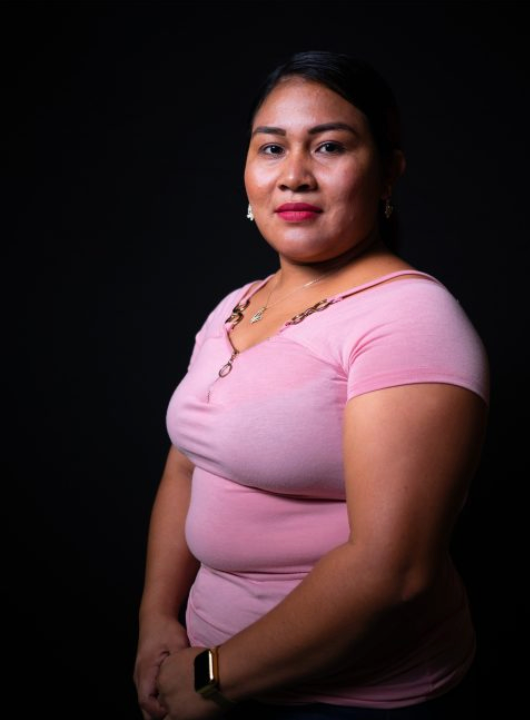
General Assistant

General Assistant

Multimedia Coordinator

Multimedia Coordinator

Education coordinator

Education coordinator
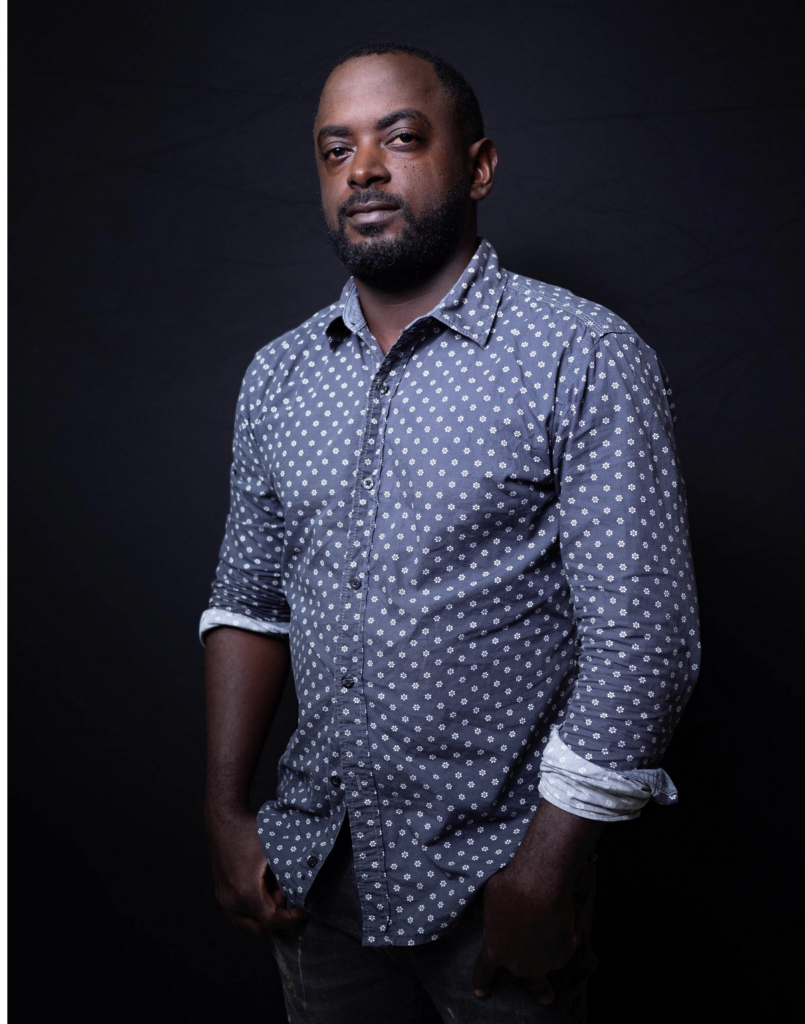
Technical coordinator

Technical coordinator

Project manager

Project manager
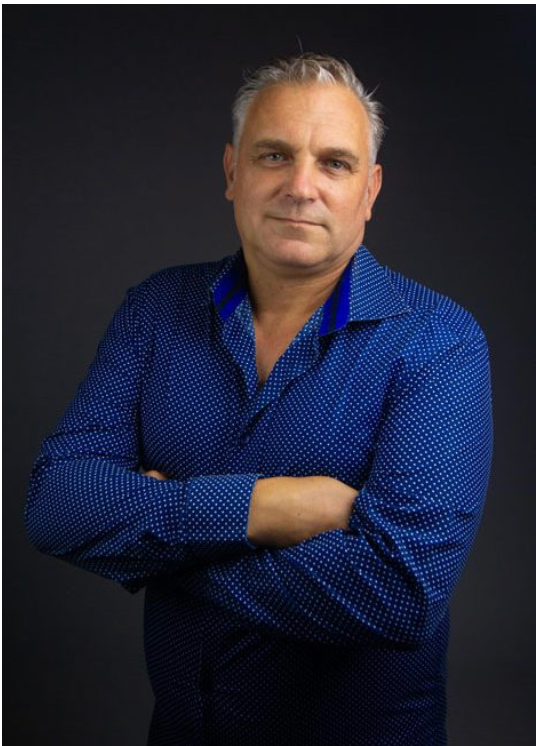
Managing Director

Managing Director
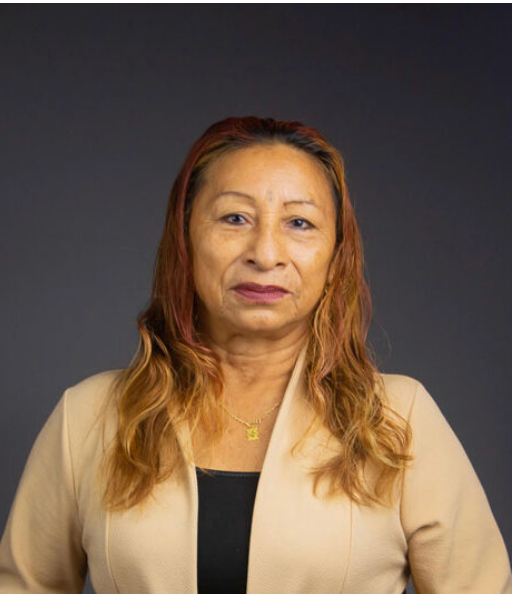
Cultural Mulitmedia

Cultural Mulitmedia
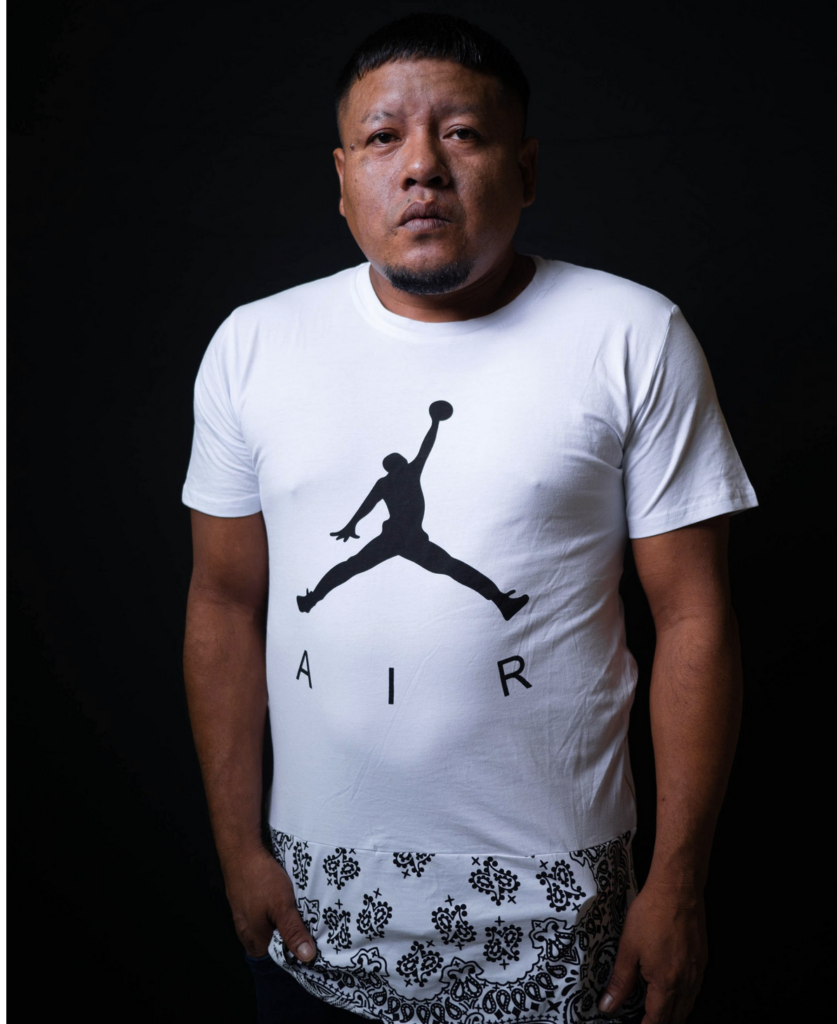
Education coordinator

Education coordinator
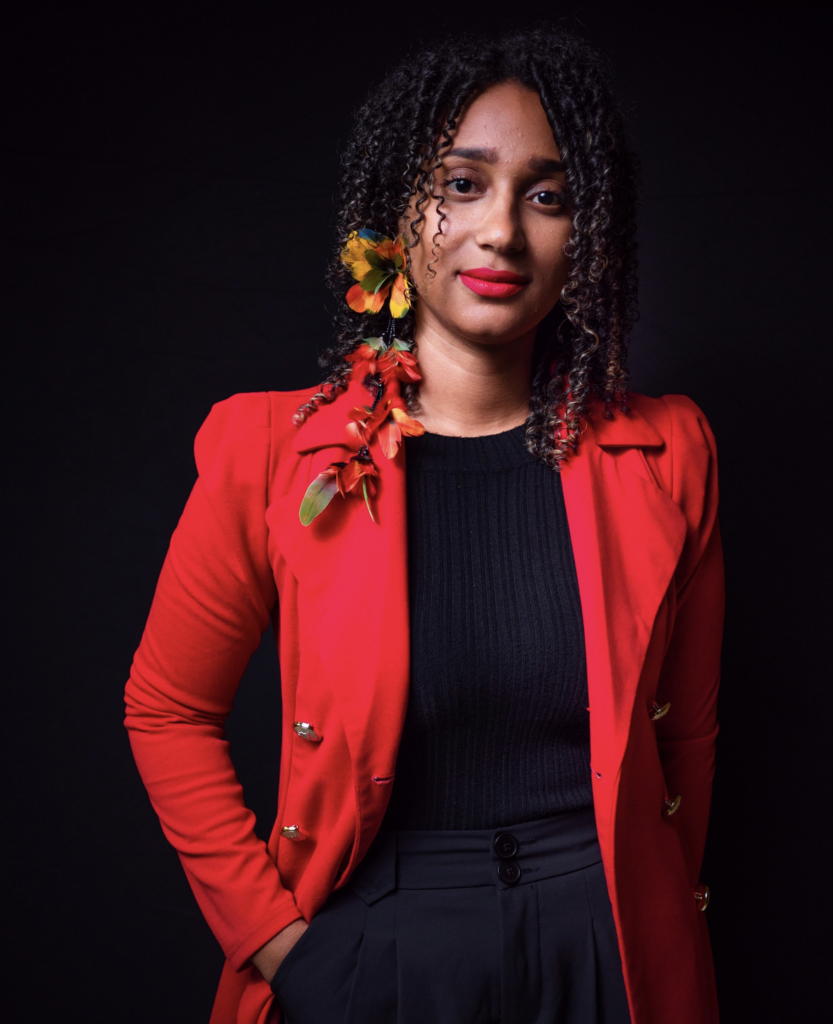
General oordinator

General oordinator
Mulokot will be the coordinator of Mapbiomas Suriname, French Guyana and Guyana
Mulokot has, after more than a year of training and decision making, taken the responsibility to become the official coordinator of Mapbiomas for the countries Suriname, French Guyana and Guyana. Mulokot will start creating networks in the three countries, initiate the trainings, and produce the maps in 2025.
After 1 or 2 years of capacity building, the countries of Guyana and French Guyana should be capable to sustain their own network and become responsible for creating maps of their countries.
What is Mapbiomas?
Mabiomas is a collaborative initiative that produces annual land cover and land use maps for 11 tropical and subtropical regions. Launched in 2015, it involves NGOs, universities, research institutions, and technology startups working together to provide detailed and up-to-date information on land use changes. In the last years Mapbiomas also produces maps of fire, watersheds and degradation.
Lorem ipsum dolor sit amet, consectetur adipiscing elit, sed do eiusmod tempor incididunt ut labore et dolore magna aliqua. Ut enim ad minim veniam.
Menu About Us Mulokot Team Board Members The wayana people Our work Our Partners Blog Contact Us Donate Solar-powered boats…
Menu About Us Mulokot Team Board Members The wayana people Our work Our Partners Blog Contact Us Donate The Wayana…
Menu About Us Mulokot Team Board Members The wayana people Our work Our Partners Blog Contact Us Donate Wayana’s utilize…
© 2024 Mulokot Foundation • All Rights Reserved powered By Native Tech Engineering